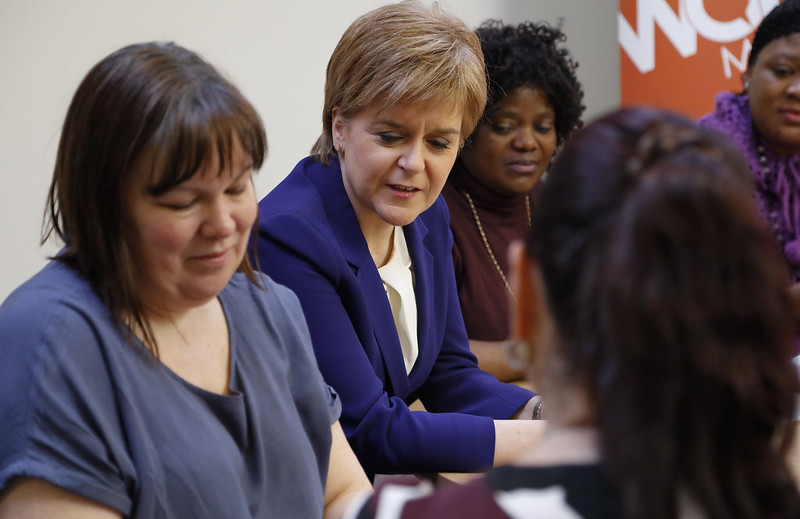The Scottish government has committed to including solar power in its planned new energy strategy, after the dominant Scottish National Party (SNP) on Friday announced the signing of a power-sharing agreement with the nation's Green Party.
The SNP won 64 seats in May's Scottish Parliament elections, leaving it one seat short of a majority and, having initially announced an intent to rule with a minority government, First Minister Nicola Sturgeon on Friday announced the deal with the Greens, whose deputies hold eight seats in the chamber.
pv magazine print edition
Pick up your copy of pv magazine today for an in-depth look at batteries big and small; how they’re changing and how they are changing the world. What do batteries have in store for us? The August edition of pv magazine has answers to the big questions surrounding the battery energy storage revolution.
The arrangement stops short of a full coalition, with the Greens having agreed to support their partners on votes of confidence and supply – those of existential importance to the government in question.
The arrangement led to the publication of a draft shared policy program issued by the two parties on Friday, and national PV trade body Solar Energy Scotland welcomed the mention of photovoltaics in the document.
Popular content
Chairperson Thomas McMillan said: “The solar energy industry in Scotland welcomes the clear recognition in the cooperation agreement of the important role solar can play in Scotland’s drive to meet our 2030 climate obligations. As the cheapest, most readily deployable renewable technology – with substantial benefits for the economy and helping to tackle fuel poverty – it is time for the sector to be allowed to grow and flourish. Scotland’s solar opportunities could see deployment increase 15-fold by 2030, and this would deliver a solar sector in Scotland proportional to what is being achieved elsewhere in the U.K.”
The inclusion of PV in the policy document falls well short, however, of Solar Energy Scotland's call for 4-6 GW of photovoltaics to be installed in the nation this decade.
While the paper outlines an ambition for 8-10 GW of onshore wind farms by 2030 – albeit “subject to consultation” – on top of the existing goal of 11 GW of offshore facilities, solar is mentioned only as having “an important role in continuing to decarbonize our heat and electricity supply.” A section of the policy document devoted to the national planning system out to 2050 merely states an aim to “enable renewable energy, including solar power.”
This content is protected by copyright and may not be reused. If you want to cooperate with us and would like to reuse some of our content, please contact: editors@pv-magazine.com.



1 comment
By submitting this form you agree to pv magazine using your data for the purposes of publishing your comment.
Your personal data will only be disclosed or otherwise transmitted to third parties for the purposes of spam filtering or if this is necessary for technical maintenance of the website. Any other transfer to third parties will not take place unless this is justified on the basis of applicable data protection regulations or if pv magazine is legally obliged to do so.
You may revoke this consent at any time with effect for the future, in which case your personal data will be deleted immediately. Otherwise, your data will be deleted if pv magazine has processed your request or the purpose of data storage is fulfilled.
Further information on data privacy can be found in our Data Protection Policy.